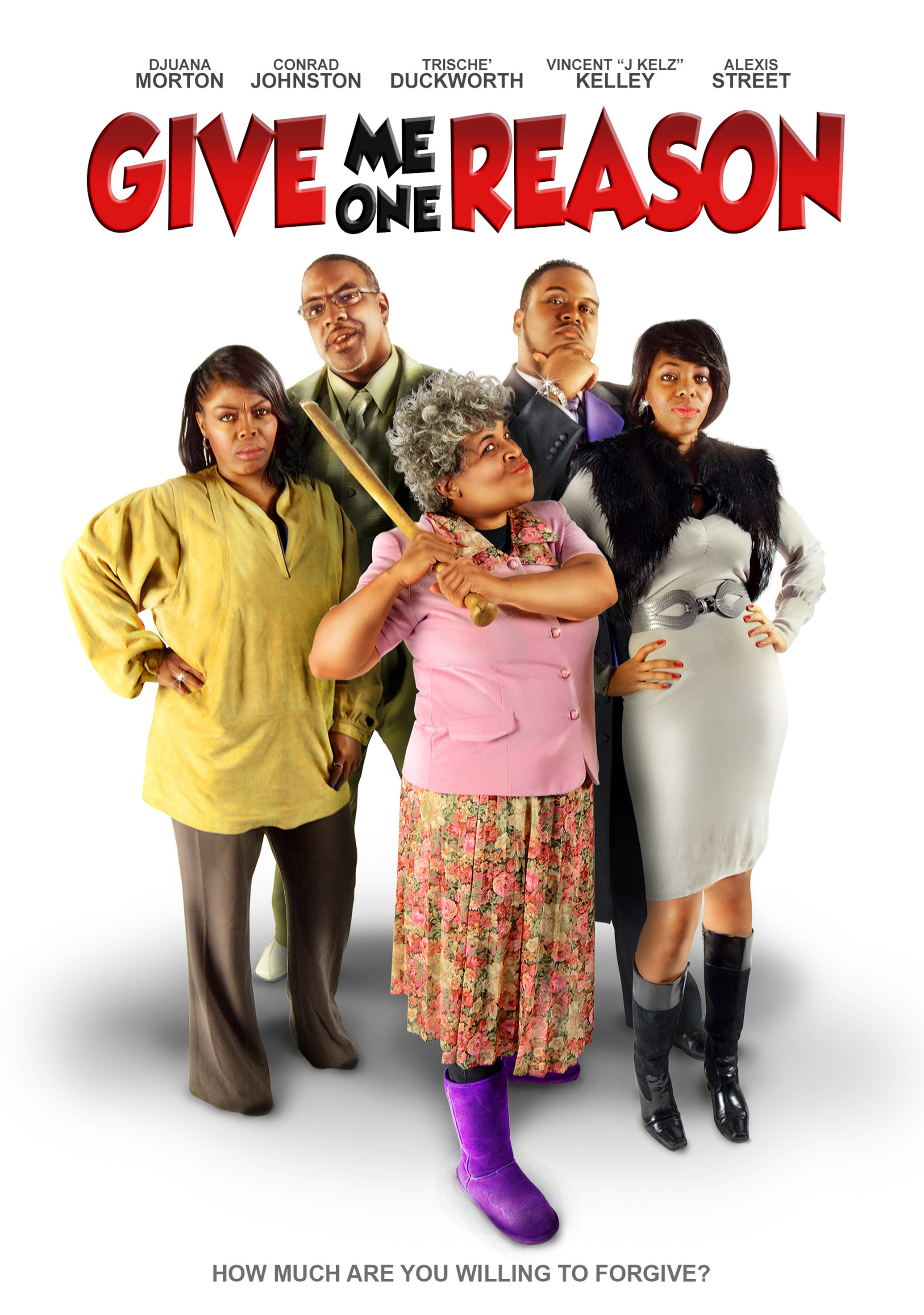
Other tribes joined in, killing settlers, burning houses and fields and slaughtering livestock as far as the James and York. After they denied responsibility for the July attacks in Stafford County, they were seized and executed. The Susquehannocks retaliated in January 1676 with attacks on plantations, killing 60 settlers in Maryland and a further 36 in Virginia. Truman invited five Susquehannock chiefs to a parley. On September 26, 1,000 members of Maryland militia led by commander Thomas Truman marched to the Susquehannock stronghold in Maryland. On August 31, Virginia Governor William Berkeley proclaimed that the Susquehannock had been involved in the Stafford County attack with the Doeg. The attack ceased only when someone from the cabin managed to escape and confront Mason, telling him that they were not Doegs. Meanwhile, another militia, led by Colonel Mason, attacked a nearby cabin of the friendly Susquehannock tribe and killed 14 of them.

The Stafford County militia tracked down the raiders, killing 10 Doeg in a cabin. In July 1675, Doeg Indians in Stafford County, Virginia, killed two white settlers and destroyed fields of corn and cattle.

to ruin and extirpate all Indians in General." Rebellion Berkeley believed that it would be useful to keep some as subjects, stating, "I would have preserved those Indians that I knew were hoeurly at our mercy to have beene our spies and intelligence to find out the more bloudy Ennimies", whereas Bacon found this approach too compassionate, stating, "Our Design.
#Give me one reason how to#
However, the primary disagreement between Bacon and his followers and Berkeley was in how to handle the Native American population. Both Native American women and European women played major roles in Bacon's Rebellion as less noted members of society. However, not every class' welfare was looked after in this rebellion. ( July 2022) ( Learn how and when to remove this template message)īacon's followers used the rebellion as an effort to gain government recognition of the shared interests among all social classes of the colony in protecting the "commonality" and advancing its welfare. There might be a discussion about this on the talk page.

This section may be confusing or unclear to readers. While the rebellion did not succeed in their initial goal of driving the Native Americans from Virginia, it did result in Berkeley being recalled to England. They responded by hardening the racial caste of slavery in an attempt to divide the two races from subsequent united uprisings with the passage of the Virginia Slave Codes of 1705.
#Give me one reason free#
The alliance between European indentured servants and Africans (a mix of indentured, enslaved, and Free Negroes) disturbed the colonial upper class. īacon's rebellion was the first rebellion in the North American colonies in which discontented frontiersmen took part (a somewhat similar uprising in Maryland involving John Coode and Josias Fendall took place shortly afterward). Government forces arrived soon after and spent several years defeating pockets of resistance and reforming the colonial government to be once more under direct Crown control. The rebellion was first suppressed by a few armed merchant ships from London whose captains sided with Berkeley and the loyalists. Thousands of Virginians from all classes (including those in indentured servitude) and races rose up in arms against Berkeley, chasing him from Jamestown and ultimately torching the settlement. It was led by Nathaniel Bacon against Colonial Governor William Berkeley, after Berkeley refused Bacon's request to drive Native Americans out of Virginia. Bacon's Rebellion was an armed rebellion held by Virginia settlers that took place from 1676 to 1677.


 0 kommentar(er)
0 kommentar(er)
